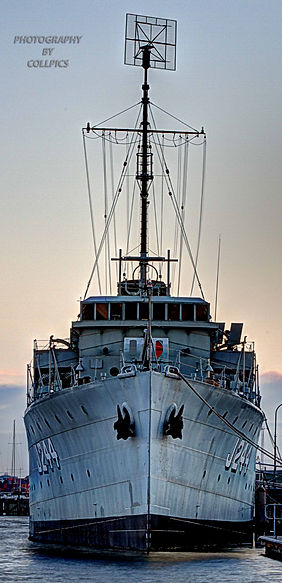
First the ramble section if you don’t want to read the intro and my opinions on the evolution of HDR photography skip to the next pages for the tech stuff on how to create a HDR photographs.
I started doing photography in the days when cameras used film, and as with most amateurs you worked in B&W (colour was much harder). Films used fixed ASA/ISO ratings of which meant you selected the type of film for the situation you were going to shoot and how you wanted the shot to look, the higher the ISO rating the less the tonal range and the larger the grain.
You then had to manually focus and adjust the aperture and shutter speeds by a build in light meter in the viewfinder, that you had to adjust to get a needle to sit in the middle of a set of brackets, once you took your 24 or 36 exposures you headed to the darkroom.
You then developed the film and then locked yourself in a room with a red light going, the negative was put into the enlarger. The next thing was to work out the correct photo paper grade (paper grades affected the contrast of the finished photo) and the finish of the paper e.g. gloss, and the correct exposure aperture and time to get the effect needed. Once you had done these steps and exposed the paper the next step was to move the paper in a developer chemical bath and watched it for 60 seconds as magically, the image appeared before your eyes, a thing that all who have done B&W printing know and miss with today’s digital imaging.
Digital just doesn’t have that magic stage, you plug your camera into the computer and there are your images, no sitting in a small room lit by red light with smelly chemicals, instead you sit in a nice comfortable chair in front of your computer and can even have drinks and snacks while you work without the concern of posioning yourself.
It has its advantages though, your media card holds 500 to 1000 or more shots, the media card is reusable, bad shots can be deleted and you can display your images easily for all to see and only print those you want to hang on the wall. Editing and effects to you’re shots is only limited to your imagination and the software you use.
I believe that there are some guidelines for photography, but there are no set rules as everybody has different tastes and ideas of what makes a good/great photo. Using software to edit and adjust your images is ok.
The only thing that matters is you are proud of your finished work, remember you can’t please everybody.
The old way darkrooms long hours and lots of waste
Zone printing was what we call HDR photography today. Zone printing was a method of printing B&W photos developed by Ansel Adams famous for his landscapes photography (check him out),how it worked, you took your negative did a perfect print noting the settings, left the negative in the enlarger and moving nothing then went over the print and determined areas of print or zones that required more or less exposure then you made further prints to determine the best exposure for each zone you have on you're print when you had done this you had to make the masks, cut from card, position them in an easel over the photo paper and start you're exposure of the photo by moving the masks as required to cover or expose the zones correctly. This process generally meant wasting a lot of paper and many hours of work to get a print correct exposed.
The new way comfy chairs and shorter times and no waste
HDR photography combines multiple shots taken using a set Aperture, the first shot is exposed correctly as per the cameras meter and then the next shots are varied by the shutter speeds to give multiple shots, that are over and under exposed to bring out the details in the highlights and shadows and creating a photo closer to what the human eye can see and is done in the comfort of a chair and can take less time to create your finished HDR photograph than to have a cup of coffee.
HDR PHOTOGRAPHY
Any software or programs named on this site are understood to be copywrited, registered,trademarked or patended.